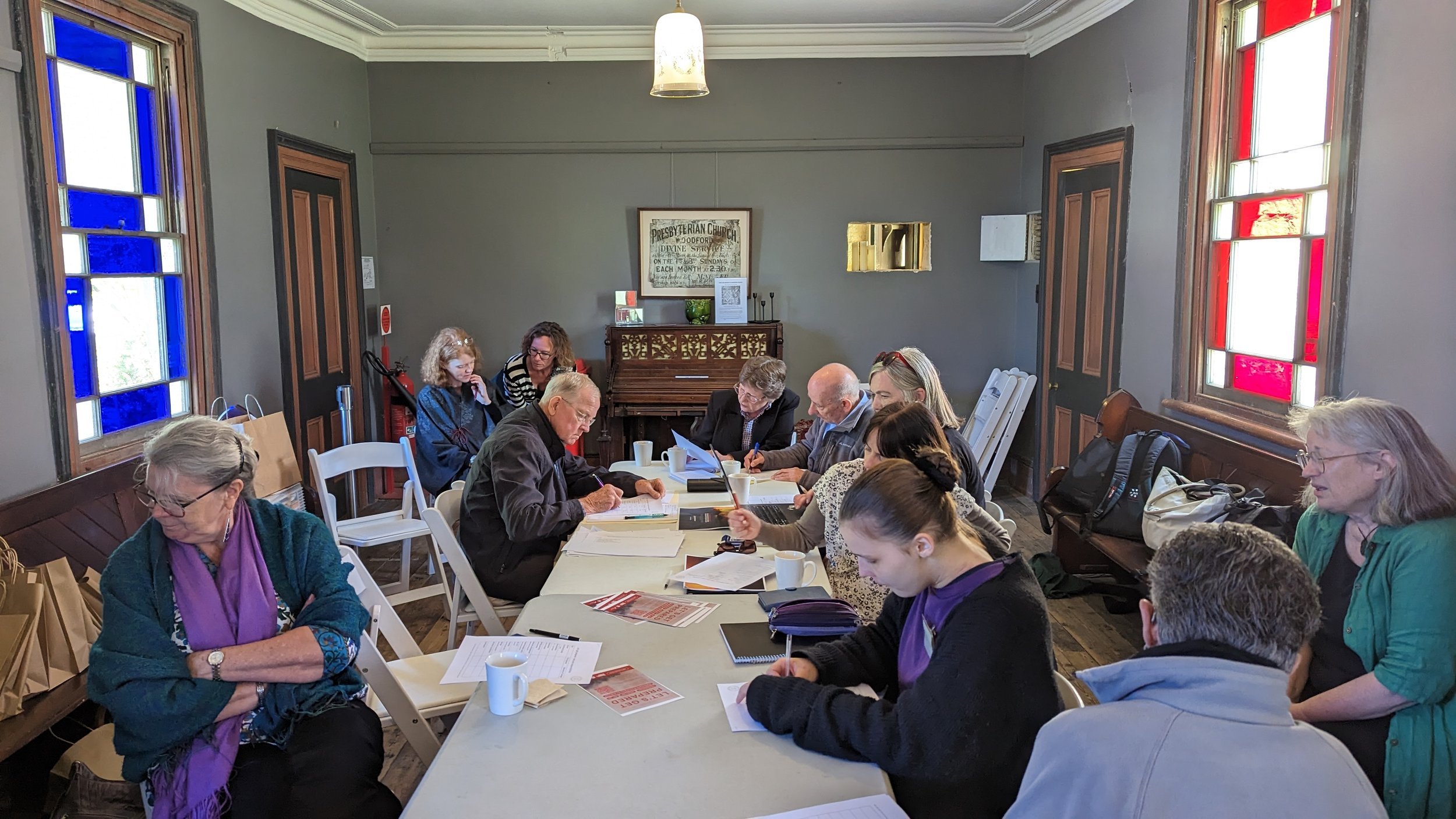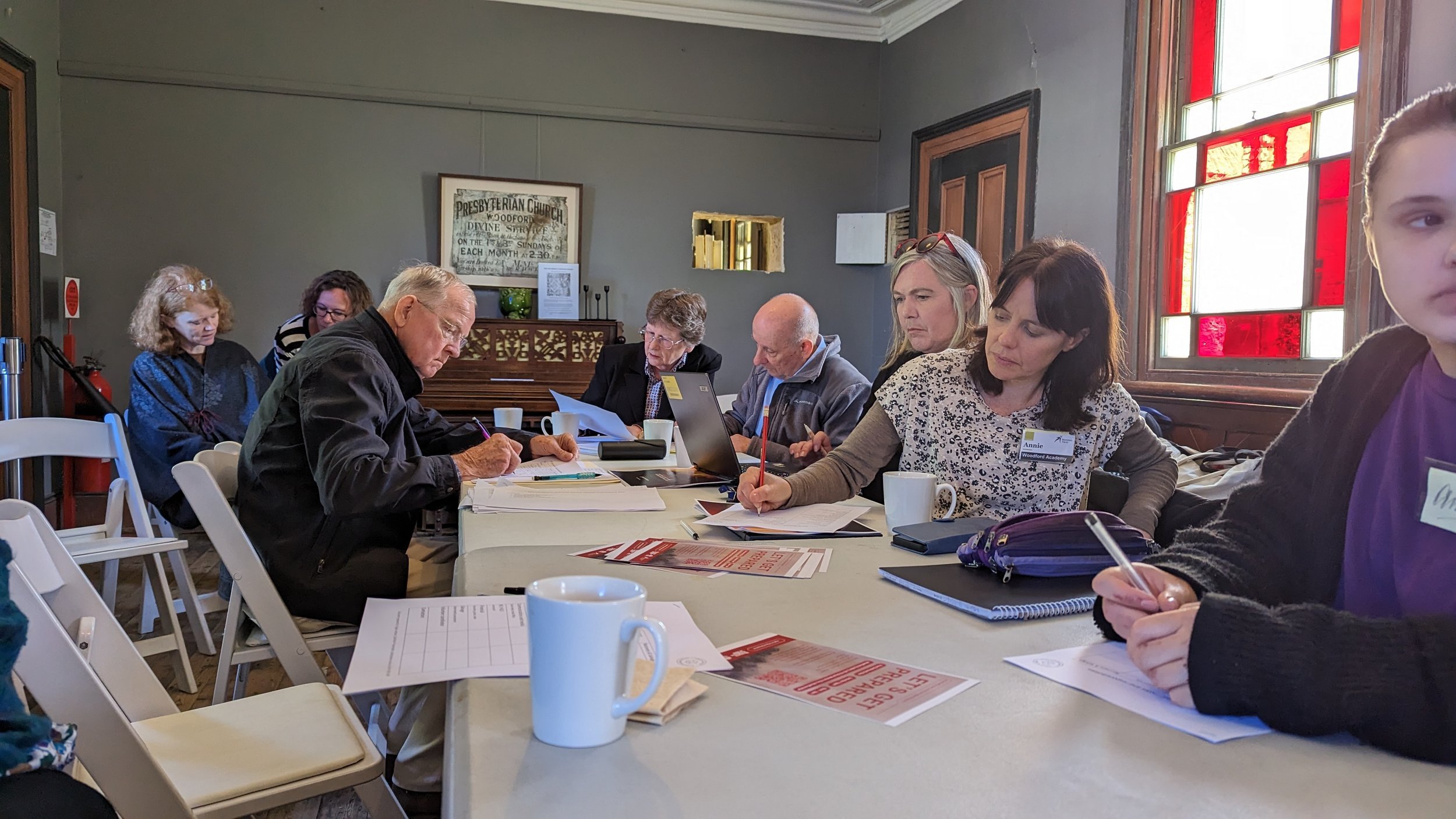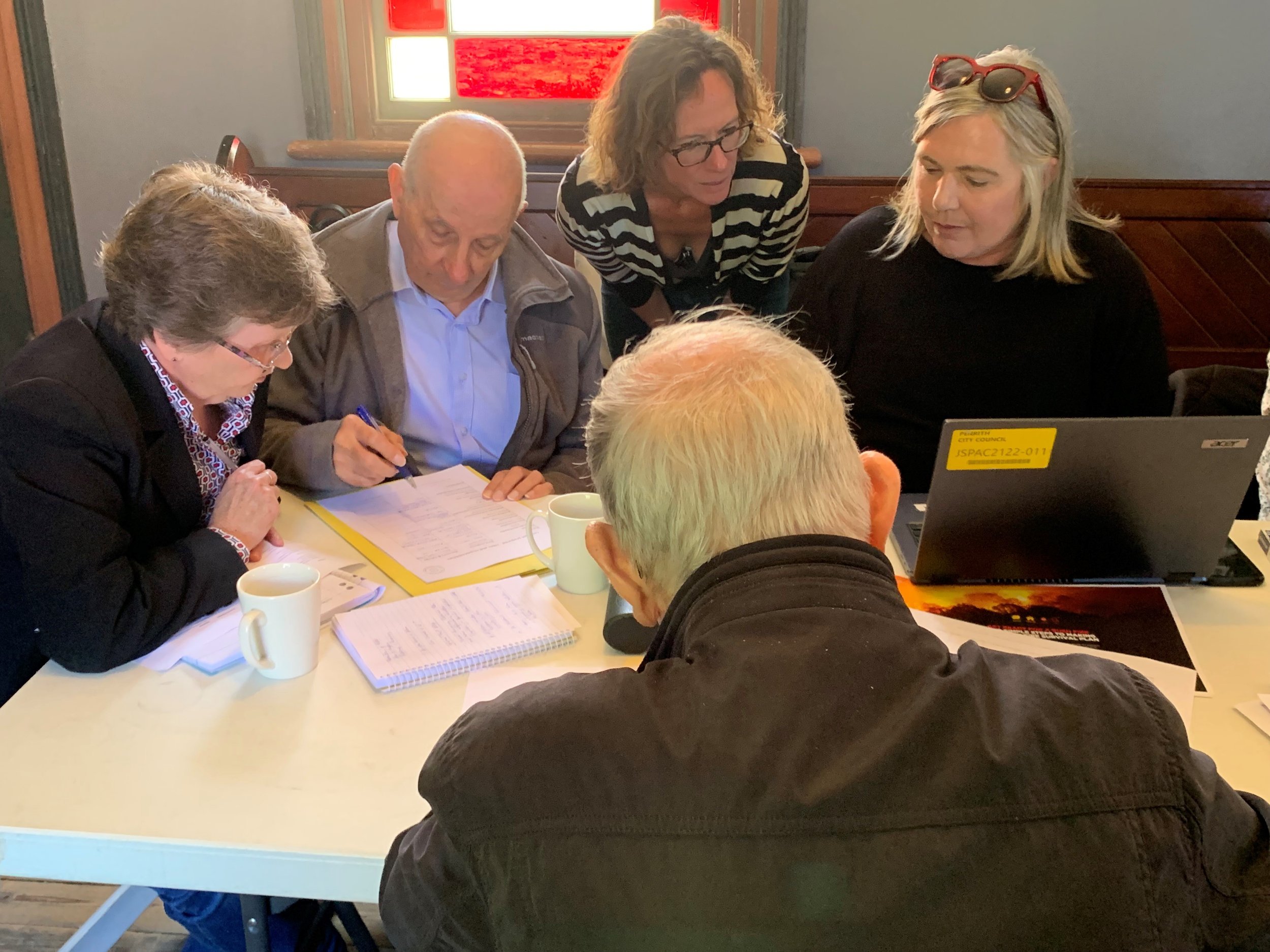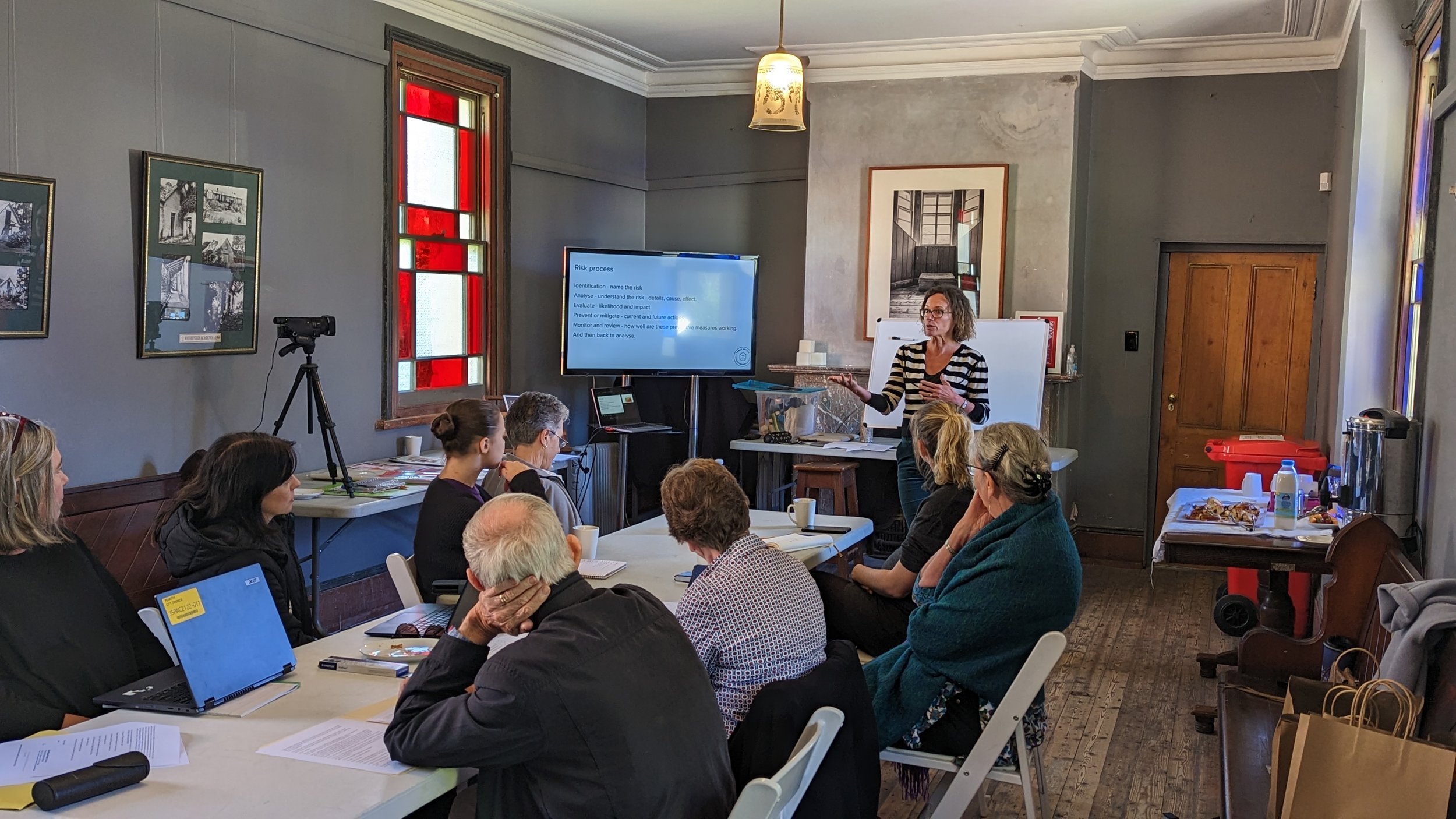Let’s Get Prepared: Learn how to protect your collection from disasters
The increase in disasters across our country is felt by all. We all have personally experienced disasters or know someone that is living through disaster recovery in their town or community.
“The world has experienced a tenfold increase in natural disasters since the 1960’s.”
Disasters range in impact, scale and each is unique. The northern rivers floods in 2022 surpassed predictions of scale and the black summer fires were unprecedented. According to Australian Disaster Resilience:
“Over the course of a few months, 26 lives were lost, 2,448 homes were destroyed and 5.5 million hectares of land was burnt. The impact on NSW communities, farmers, local businesses, wildlife and bushland was unprecedented.”
—AIDR
Let’s Get Prepared
How can we prepare for these potential impactful events?
I have recently developed and delivered a workshop for M&G NSW which is to be part of a series delivered across the regions of NSW. The workshop is supported by funding from CreateNSW and is under the banner - Let’s Get Prepared.
Disaster preparedness has been at the core of my work as a conservator for the past 27 years.
My experience has included on site disaster recovery of collections affected by fire, flood, and mould, writing disaster plans for small to large organisations, developing and delivering disaster preparedness workshops for small organisations as well as week long courses that broaden the scope to whole cities being affected by natural disasters.
The principles are the same and being prepared is critical in an effective response. So I was delighted to be engaged by MGNSW to run this series for these communities.
The workshop introduces the principles of disaster preparedness in an approachable manner. Disaster preparedness planning guides and resources can be overwhelming, often with a high level of detail and this can mean that disaster planning is put in the “too hard” basket.
Disaster recovery work - salvage of textiles
This workshop has specifically been designed to breakdown the process, provide clear guidance and support these organisations to be successful in creating a disaster plan.
The first session was delivered in the Blue Mountains in March this year with follow up sessions to be within the next few months.
The funding has permitted for a staggered approach to enable the organisations to attend the workshop and then be supported with additional meetings and guidance sessions to cultivate action in the creation of their disaster plans.
The Let’s Get Prepared model will reach 8 separate regions over the next 12 months. I am looking forward to meeting these groups and developing relationships that build capacity in the regions and ultimately amplify our collective disaster preparedness across the state.







